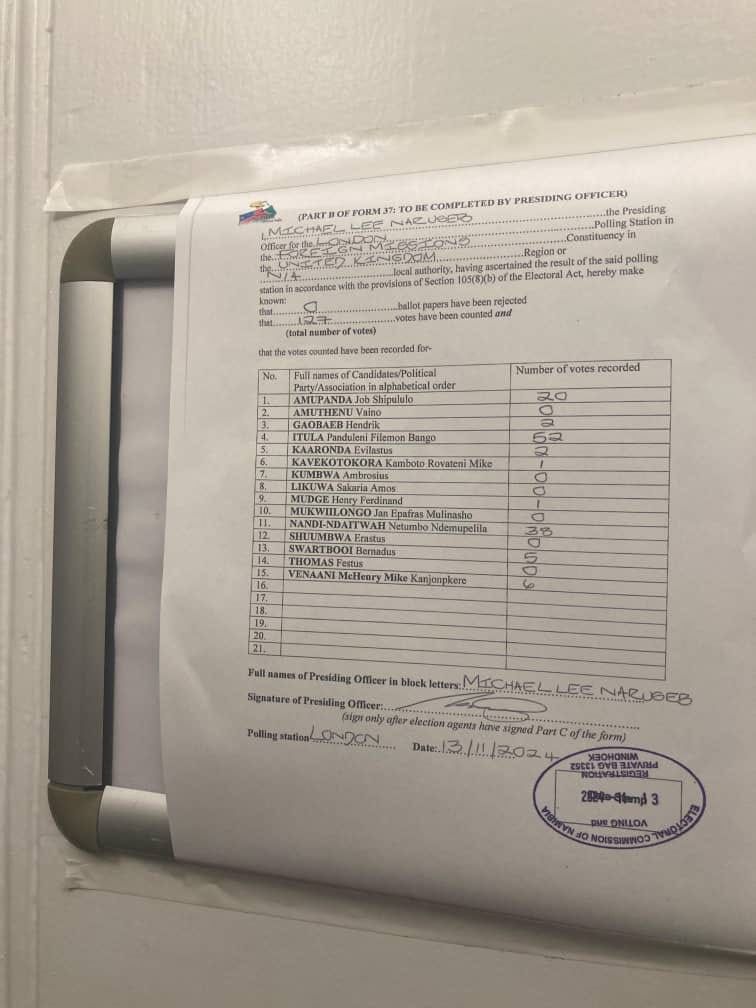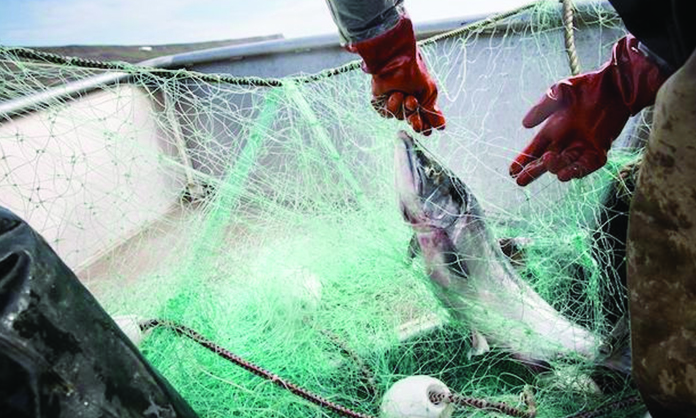The manufacturing sector is the worst performing sector in the first three months of 2024.
The gross domestic product (GDP) quarterly report by the Namibia Statistics Agency (NSA) showed that the biggest decline in the manufacturing industry is seen in the diamond cutting and polishing sector.
However, the diamond industry has remained one of the largest contributors to the GDP.
According to the report, the diamond industry is producing diamonds at double the rate of sales.
In September last year, the manufacturing industry, which makes up 48,6% of total exports, experienced a decrease in exports of N$894 million.
According to the NSA, the industry took the lead in exports with goods valued at N$3,8 billion, despite the decrease of N$894 million, compared to the previous month.
Due to the decline in growth seen in the sector, the Namibian economy continued to grow in the first quarter of 2024, but at a slower pace compared to the previous year.
This is according to the Bank of Namibia (BoN) quarterly economic report.
“In the primary industry, the mining sector experienced slower growth due to weaker diamond production and a decline in uranium output,” says BoN spokesperson Kazembire Zemburuka.
Despite this, there was growth seen in oil and gas exploration activities.
According to the report, the agricultural sector performed better, driven by increased marketing of cattle and small stock due to drought conditions, even though crop production suffered from adverse weather.
“The mining sector faced difficulties. However, agriculture showed some resilience because of increased livestock sales,” says Zemburuka.
Additionally, the construction sector experienced slower growth due to fewer government construction projects and completed buildings.
Despite these setbacks, the electricity and water sector displayed strong growth, driven by a high influx of water at the Ruacana hydropower plant.
The tertiary industry saw significant growth, especially in wholesale and retail trade.
Other areas contributing to this growth included information and communication, financial services, public administration, education, health and hospitality.

Namibia’s annual inflation rate slowed both on a quarterly and annual basis.
Inflation slowed to 5% during the first quarter of 2024, compared to 5,7% in the previous quarter.
This quarterly slowdown was mainly due to lower inflation for food and alcoholic beverages.
In May, the annual inflation rate stood at 4,9%, a slight increase from 4,8% in April 2024.
According to Zemburuka, looking ahead, overall inflation is projected to slow to 4,9% in 2024 and 4,5% in 2025, compared to an average of 5,9% in 2023.
Growth in the broad money supply rose during the first quarter of 2024.
This increase was driven by a rise in net foreign assets of depository corporations, attributed to diamond proceeds and revaluation gains.
However, private sector credit extension slowed over the same period, due to lower demand from both businesses and households.
Money supply is increasing, but credit demand is lower.
On the fiscal side, the Central Government’s debt stock and loan guarantees as a percentage of GDP declined at the end of March 2024.
The debt stock fell to 66% of GDP, down from 67,2% during the same period a year ago.
This decline was due to faster growth in nominal GDP compared to the rise in debt over the period.
In nominal terms, central government debt rose by 8% to N$153,8 billion, driven by the issuance of Treasury Bills and Internal Registered Stock, as well as a rise in external debt.
“The increase in external debt was caused by exchange rate depreciation, disbursements from the KFW Development Bank and a loan from the African Development Bank,” says the report.
The government’s total loan guarantees as a percentage of GDP also declined by 0,8% to 3,6%.
This was due to repayments of domestic loans by the government for some institutions in the agricultural sector, which defaulted on their loans, as well as repayments of some guaranteed loans in the tourism and transport sectors.
Stay informed with The Namibian – your source for credible journalism. Get in-depth reporting and opinions for
only N$85 a month. Invest in journalism, invest in democracy –
Subscribe Now!






